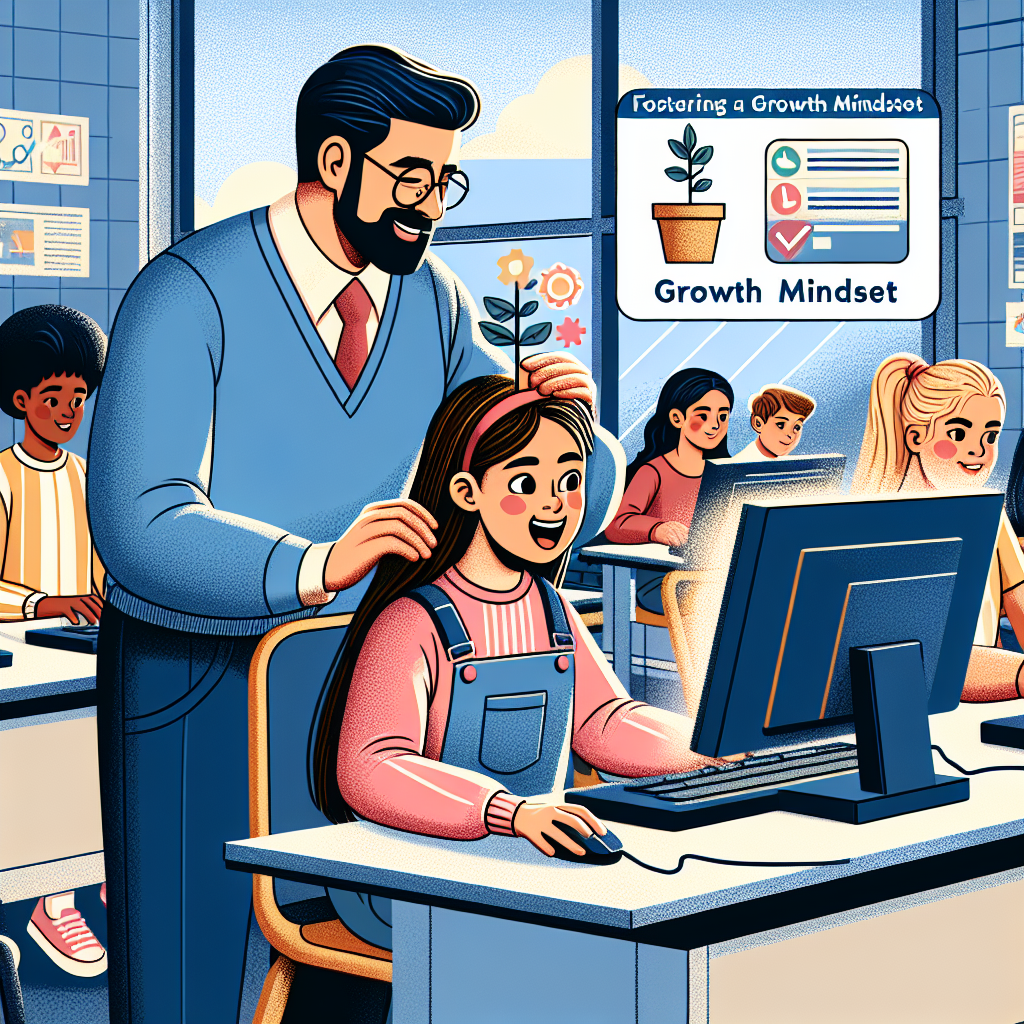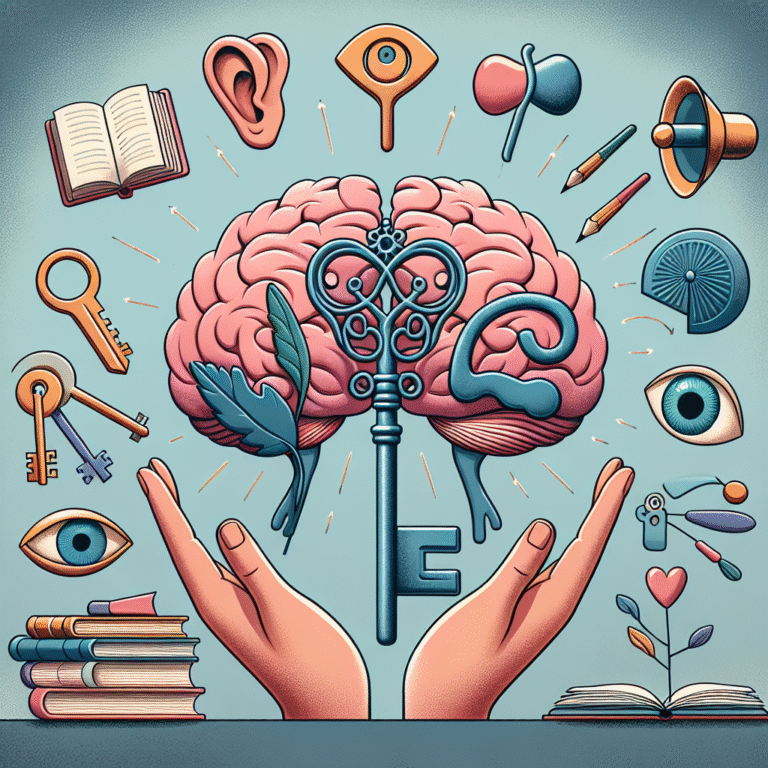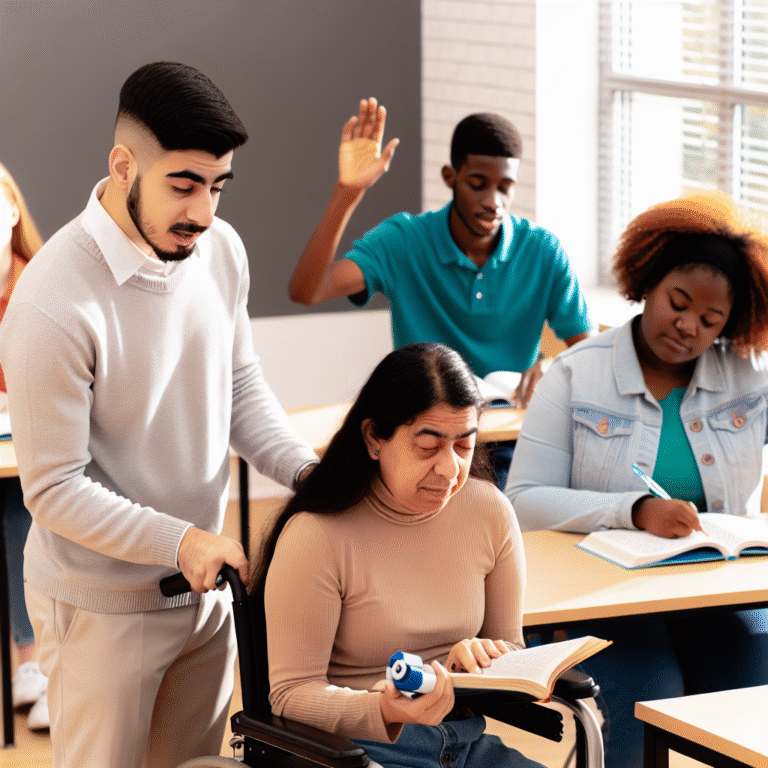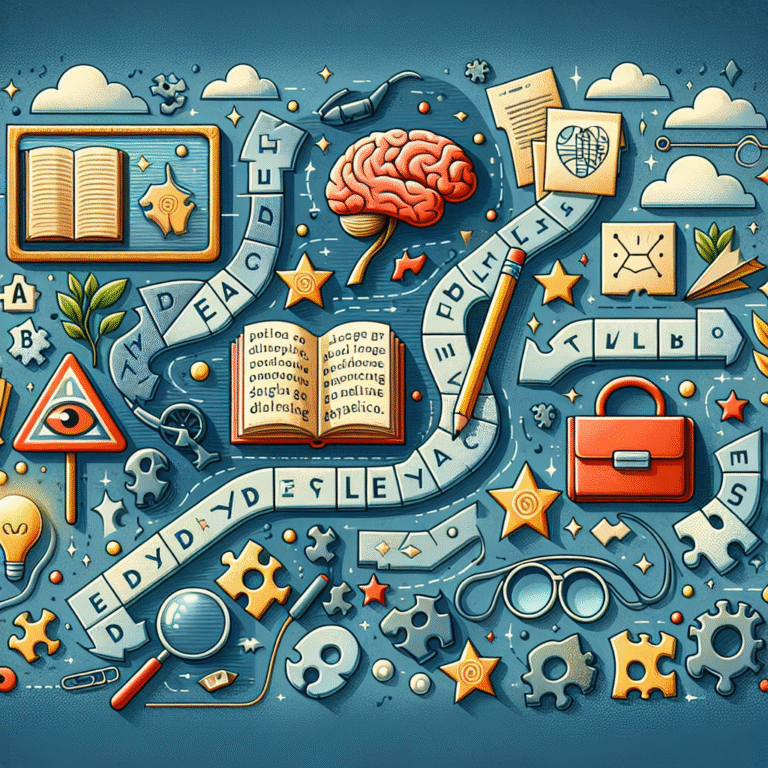
Fostering a Growth Mindset: Encouraging Students with Learning Disabilities to Thrive
Introduction
Imagine a classroom where every student believes they can succeed, regardless of the obstacles they face. This vision can become a reality when we embrace the powerful concept of fostering a growth mindset. As educators, parents, and advocates, it is our responsibility to support students with learning disabilities by helping them cultivate this essential mindset. With the right tools, teaching strategies, and encouragement, students can develop resilience, determination, and the belief that their abilities can be improved through hard work and perseverance. In this article, we will explore the importance of fostering a growth mindset in students with learning disabilities, offering practical strategies and inspiring insights that empower both educators and students to thrive.
Understanding Growth Mindset
The term "growth mindset," popularized by psychologist Carol Dweck, refers to the belief that abilities and intelligence can be developed through dedication and hard work. This belief contrasts sharply with a fixed mindset, where individuals view their capabilities as static and unchangeable. Fostering a growth mindset: encouraging students with learning disabilities to thrive requires an understanding of these foundational concepts.
Key Characteristics of a Growth Mindset
- Emphasis on Effort Over Talent: Students learn to value hard work rather than solely relying on innate abilities.
- Learning from Failure: Challenges are seen as opportunities for growth rather than insurmountable obstacles.
- Resilience: Students develop the ability to bounce back from setbacks and maintain motivation in the face of difficulties.
- Becoming Lifelong Learners: A growth mindset fosters a desire for continuous improvement and self-development.
The Importance of Growth Mindset for Students with Learning Disabilities
Students with learning disabilities often face unique challenges in traditional educational settings. These obstacles can lead to frustration, decreased motivation, and a negative self-image. Fostering a growth mindset: encouraging students with learning disabilities to thrive not only helps these students overcome challenges but also transforms their educational experiences.
Benefits of a Growth Mindset in Education
- Improved Academic Performance: Research shows that students with a growth mindset are more likely to exert effort and persist through challenges, leading to better academic outcomes.
- Enhanced Self-Efficacy: Believing in the ability to learn and grow fosters greater confidence in students, encouraging them to take on new challenges without fear of failure.
- Increased Engagement: Students motivated by a growth mindset are often more engaged in their learning, leading to higher levels of participation and enthusiasm.
Strategies for Fostering a Growth Mindset
To effectively foster a growth mindset in students with learning disabilities, educators and parents can employ several key strategies. These strategies can create an environment that nurtures belief in personal growth and academic success.
1. Create a Supportive Learning Environment
- Cultivate a Safe Space: Establish a classroom atmosphere where mistakes are viewed as learning experiences rather than failures. This encourages students to take risks and embrace challenges.
- Encourage Peer Support: Implement cooperative learning activities that promote collaboration. Peers can offer support, share successes, and motivate one another.
2. Use Praise Effectively
- Focus on Effort and Strategy: Rather than praising intelligence, acknowledge students’ efforts, strategies, and techniques. For instance, say, "I can see how hard you worked on that project," rather than, "You’re so smart."
- Highlight Progress: Regularly celebrate small victories and progress, reinforcing the idea that growth comes from persistence.
| Praise Type | Example | Optimal Outcome |
|---|---|---|
| Process Praise | "I admire your effort on this task." | Encourages perseverance and resilience. |
| Performance Praise | "You scored the highest in the class." | May create pressure and fear of failure. |
3. Teach Self-Regulation Skills
- Goal Setting: Encourage students to set achievable goals that are specific and measurable. Break larger goals into smaller, manageable tasks.
- Reflection: Implement regular reflective practices where students analyze their learning processes, assess their strategies, and make adjustments as needed.
4. Emphasize the Learning Process
- Model Lifelong Learning: Demonstrate curiosity and a willingness to learn new things yourself. Share personal experiences of failure and how you overcame them.
- Teach Problem-Solving Skills: Equip students with strategies for approaching challenges. Encourage them to think critically and explore multiple solutions.
Case Studies Illustrating Growth Mindset Application
Case Study 1: Sarah’s Journey Through Math Anxiety
Sarah, a high school student with a learning disability in mathematics, struggled with anxiety around math assessments. Traditional teaching methods often left her feeling overwhelmed. By fostering a growth mindset, her teacher implemented group discussions on the importance of effort and learning from mistakes. Sarah began to see math as a puzzle rather than an insurmountable barrier.
Analysis: This case exemplifies how reshaping the narrative around failure can transform a student’s educational experience. By emphasizing effort and supportive peer dynamics, educators can help students like Sarah build confidence and reduce anxiety.
Case Study 2: Mark’s Success in Writing
Mark, a middle school student with dyslexia, faced significant challenges with writing assignments. Instead of focusing solely on his grades, his teacher adopted a growth mindset approach by emphasizing improvement and effort. Mark received constructive feedback that highlighted areas of progress, making the writing process feel more manageable.
Analysis: This case highlights the power of effective feedback in nurturing a growth mindset. By continually reinforcing progress rather than focusing solely on outcomes, educators can motivate students to engage more deeply in learning.
Overcoming Challenges in Fostering a Growth Mindset
While fostering a growth mindset in students with learning disabilities is essential, it’s important to acknowledge the barriers that may arise during this process.
- Cultural Attitudes: Some cultures emphasize fixed intelligence, which can conflict with growth mindset principles. Educators must engage parents and communities in discussions about the benefits of a growth mindset.
- Individual Differences: Every student is unique, and strategies must be tailored to meet various needs. Continuous assessment and adjustment of teaching methods are key.
Conclusion
Fostering a growth mindset: encouraging students with learning disabilities to thrive is not merely a goal; it’s an essential practice that can change the trajectory of a student’s educational journey. By creating a supportive learning environment, employing effective praise, teaching self-regulation skills, and emphasizing the learning process, we can empower students to believe in their ability to grow and succeed.
As we move forward, let us commit to being champions of change, instilling in all students — especially those with learning disabilities — the unwavering belief that they are capable of achieving greatness through hard work, perseverance, and a focus on their growth.
FAQs Section
1. What is the difference between a growth mindset and a fixed mindset?
A growth mindset is the belief that abilities can be developed through effort and learning, while a fixed mindset assumes that intelligence and talents are static and unchangeable.
2. How can teachers identify students with a fixed mindset?
Teachers can observe language and behavior that indicate a fixed mindset, such as avoiding challenges, giving up easily, or believing that effort is fruitless.
3. Are there specific techniques to help foster resilience in students with learning disabilities?
Yes! Techniques include encouraging goal-setting, providing constructive feedback, teaching coping strategies for setbacks, and fostering a supportive classroom environment.
4. How can parents support a growth mindset at home?
Parents can model growth mindset behaviors by sharing their own learning experiences, praising effort over results, and encouraging their children to embrace challenges and learn from mistakes.
5. What role does collaboration play in fostering a growth mindset?
Collaboration allows students to support each other, share strategies, and learn collectively. Working with peers can foster a sense of community and reduce the fear of failure.
6. How can schools promote a growth mindset culture?
Schools can promote a growth mindset culture by providing professional development for staff, integrating growth mindset principles into curriculum and policies, and consistently reinforcing these concepts through celebrations of effort and progress.
Final Thoughts
In the journey of fostering a growth mindset: encouraging students with learning disabilities to thrive, we hold the key to unlocking their full potential. Let us nurture this belief within the educational landscape, empowering every student not only to succeed but to embrace their unique learning paths with courage and confidence. Together, we can create a world where every student is equipped to thrive, regardless of the challenges they may face.






